Anaesthetics & Intensive Care Medicine
This collection focusses on skills, procedures and emergency situations in anaesthesia and intensive care medicine. Whilst some of these experience cover routine, elective situations others help you to understand and prepare for rare, life-threatening events.
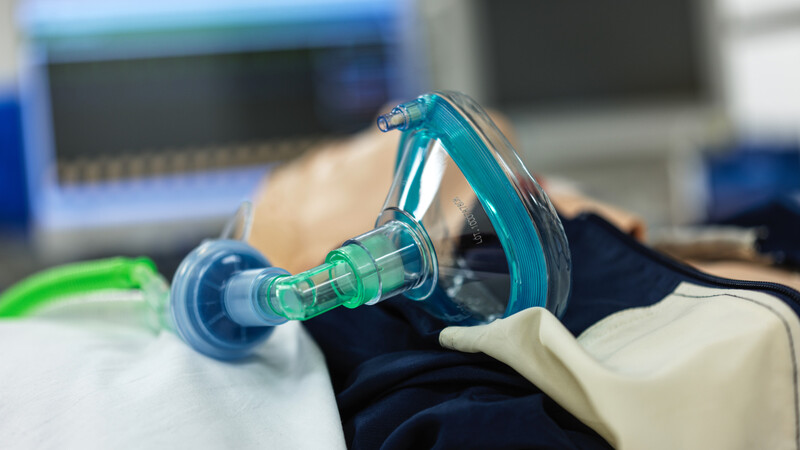
Airway Scenarios
Airway scenarios are situations that require airway management. These scenarios can include multiple casualty incidents (MCIs), unresponsive patients, and paediatric airway emergencies.

Airway Skills
Airway skills are a collection of procedures critical to the safe effective delivery of life support, surgical intervention and intensive care. They are utilised to varying extent by a wide range of healthcare staff whether it is a bystander attending to a collapsed patient in the corridors to highly specialised intensive care units.
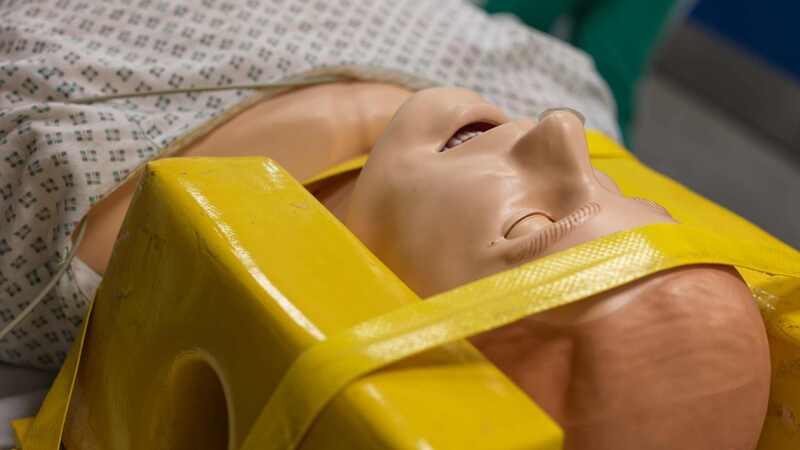
A-to-E Assessments
A‑to‑E assessments in a hospital setting refer to the systematic primary survey: Airway, Breathing, Circulation, Disability, and Exposure, that clinicians perform to quickly identify and manage life‑threatening conditions. By moving through each component in order, healthcare teams ensure that critical issues are addressed promptly before proceeding to more detailed secondary evaluations.
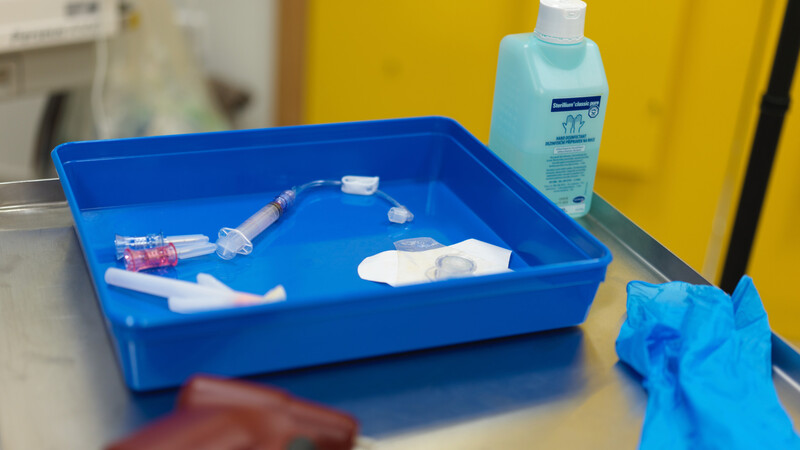
Intraosseous Access
Intraosseous access is an alternative method to providing venous administration of drugs and fluids. It is a fast and reliable route to give medications and infusions of any type.

Local Anaesthetic Checklist
A thorough Local Anaesthetic Checklist ensures patient safety by confirming drug dosage, allergy status, equipment readiness, and proper documentation before any procedure begins.

Obstetric Anaesthesia
Obstetric anaesthesia is a specialised field focused on providing pain relief and anaesthesia during childbirth and related procedures. It ensures the safety and comfort of both the mother and the baby through techniques such as epidurals and spinal blocks.

Outside-Theatre Checklists
Outside‑theatre safety checklists ensure that all equipment, personnel, and environmental hazards are systematically inspected before any operation begins, helping prevent accidents and maintain operational readiness.
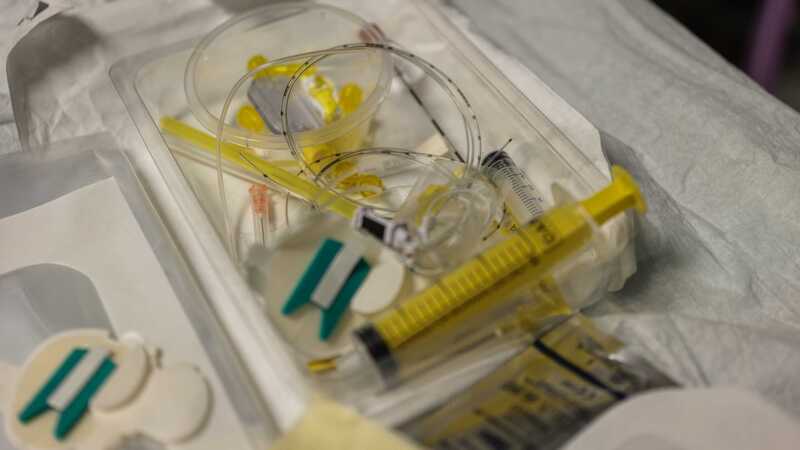
Regional Anaesthesia
Regional anaesthesia provides targeted numbness to specific body areas, facilitating pain-free surgical and procedural interventions while maintaining patient consciousness or light sedation. Techniques such as spinal and epidural blocks are integral for effective perioperative and postoperative analgesia.
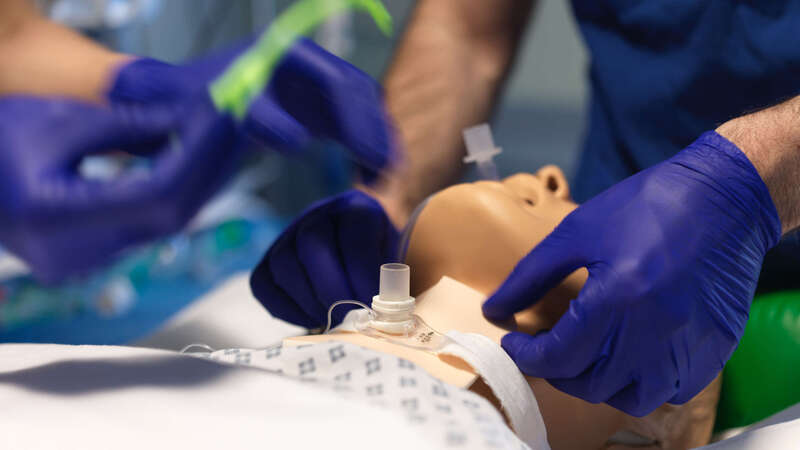
Tracheostomy and Airway Management
A tracheostomy is a surgical procedure that creates an opening in the neck to provide direct access to the trachea, often used for long-term ventilation or airway management in patients who cannot breathe independently. Effective airway management following a tracheostomy involves regular monitoring, suctioning to clear secretions, and ensuring the tracheostomy tube is secure and functioning properly to prevent complications such as obstruction or infection.